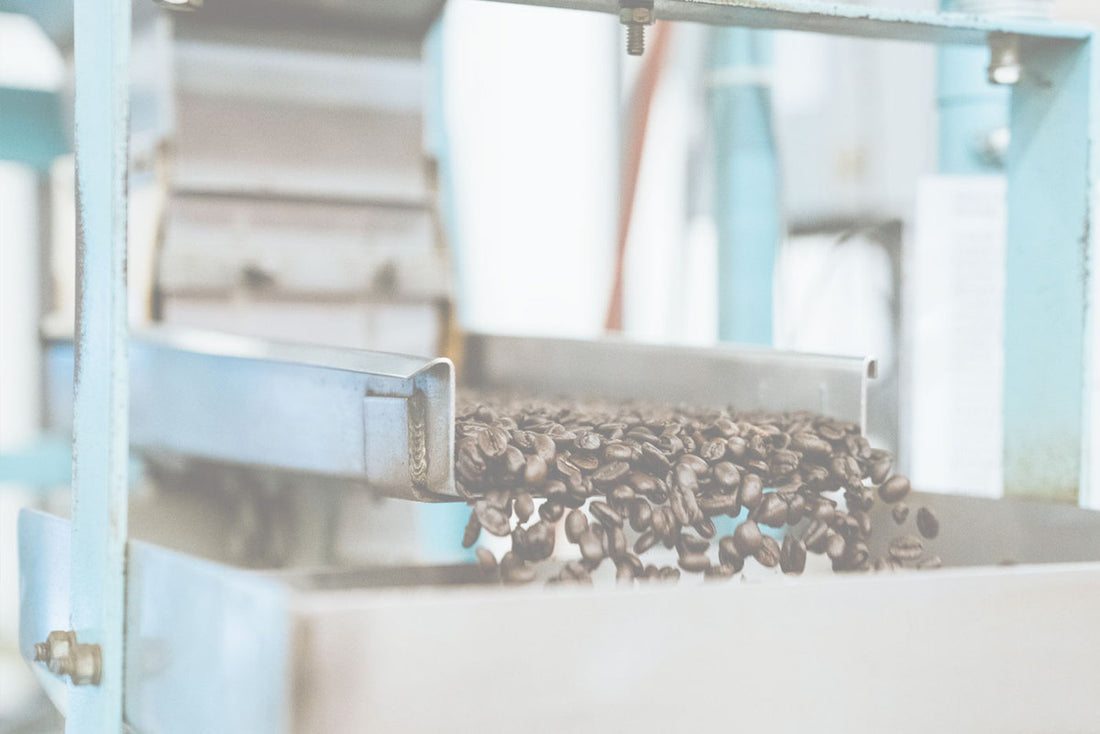Many of us turn to espresso first thing in the morning when we’re looking to start the day. It’s the star in all your lattes and is more than enjoyable on its own. First, what makes a great espresso is the quality of the bean that you use. Your espresso beans should always be fresh and high-scoring. Beans that are scored above 80 are considered specialty coffees, and that’s all that Schuil has to offer.
A common misconception is that only certain beans qualify as espresso beans. Theoretically, any coffee bean can be brewed as espresso, but at Schuil we favor beans from Brazil and Central America.
Traditionally, espresso beans tend to be on the darker end, but you can use any roast that suits your palate. If you’d like a more authentic tasting espresso, Schuil Coffee totes its very own Espresso "Italian Roast". It’s a great place to start. This original Italian recipe yields a rich, intense, and sweet shot of espresso that compliments lattes and cappuccinos very well.
If you’d like to try something a little lighter, our Daterra Bruzzi is a great medium roast option, featuring herbal, citrus, and cucumber notes. Don’t be afraid to experiment with different beans for your ideal espresso. We’d only caution on using beans that have a lot of oil on them as this can cause your machine to clog.
Although you can be a little more flexible with your espresso bean choices, it’s the grind that should remain consistent. Espresso machines use pressure to brew by forcing water through tightly packed coffee grounds. The grind that you use in your portafilter (the component that holds the ground espresso beans) should be very fine and stick together slightly when it’s pinched between your fingers. If you use too coarse a grind, you’ll have an espresso shot that lacks body and flavor. If you go too fine, you run the risk of over-extracting your grounds and having an espresso shot that’s too bitter and burnt tasting.
A good espresso shot should have three distinct layers: the heart, body, and crema. The heart is the dark base of the shot, the body is the caramel colored center, and the crema is the light brown foam that rests on top. These are the showings of a well balanced espresso.
All Things Espresso
Ben Krill
 Flavored
Flavored
 Decaf
Decaf
 Packets
Packets
 Seasonal Coffees
Seasonal Coffees


1 comment
I wonder if you or any or your readers at this site know of a local repair shop for Gaggia espresso machines. Mine has lost its grinding capacity, and at Gaggia help they tell me the grinder needs replacing. But there is no help closer than Chicago. Any help in finding a reliable local repair shop would be greatly appreciated. GRDavis